In Photos: Mice Brutally Attack and Devour Albatross on Gough Island
House mice that were introduced to Gough Island in the South Atlantic are attacking and killing both adult and baby albatross. Previously, scientists on the British island captured video showing the mice attacking and devouring Tristan albatross chicks, but this is the first evidence of the mice harming the adult birds.
Gough island
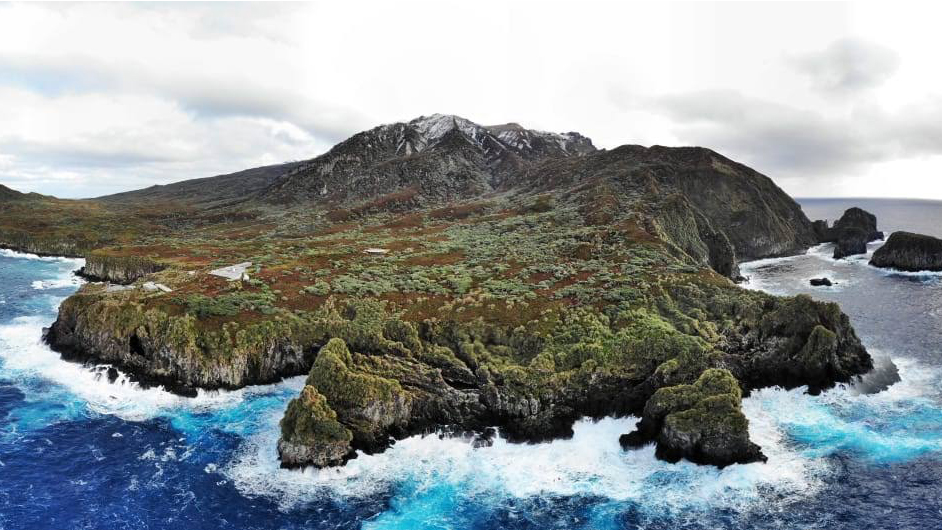
Gough Island is a remote volcanic island in the South Atlantic Ocean that is uninhabited except for a small group of scientists who do research there.
Baby albatross
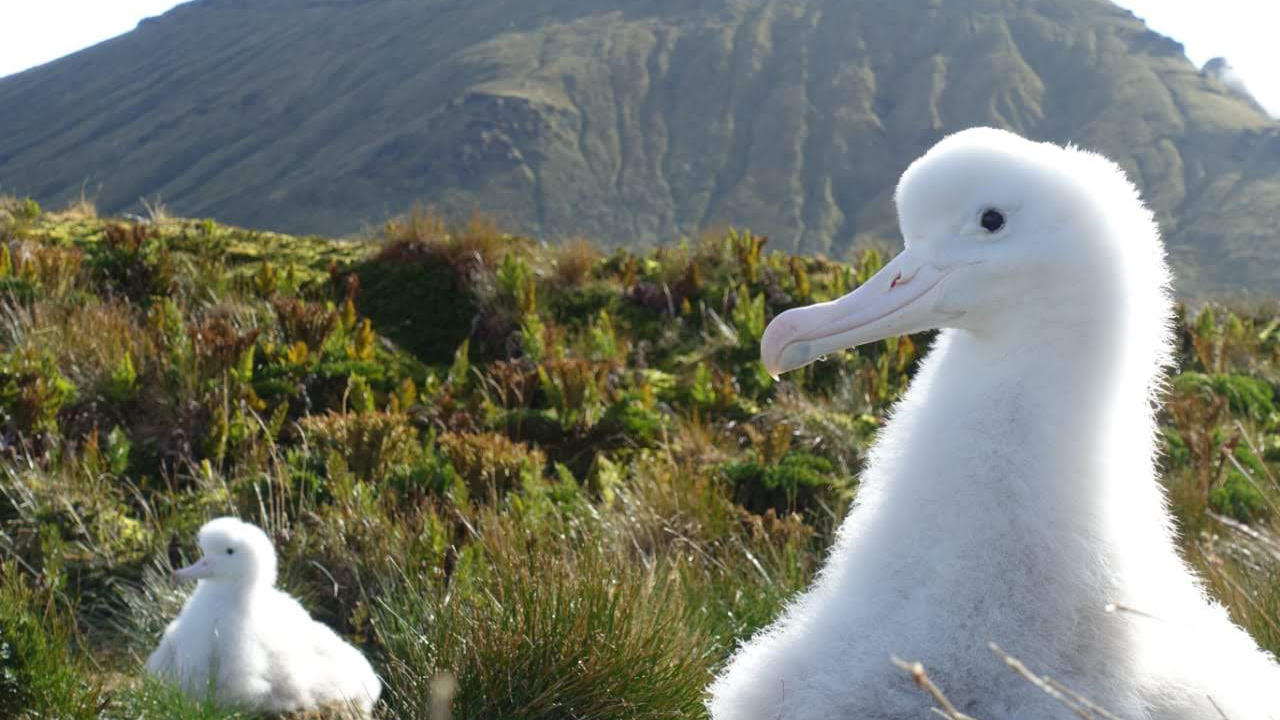
Tristan albatross chicks on Gough Island.
Tristan chicks
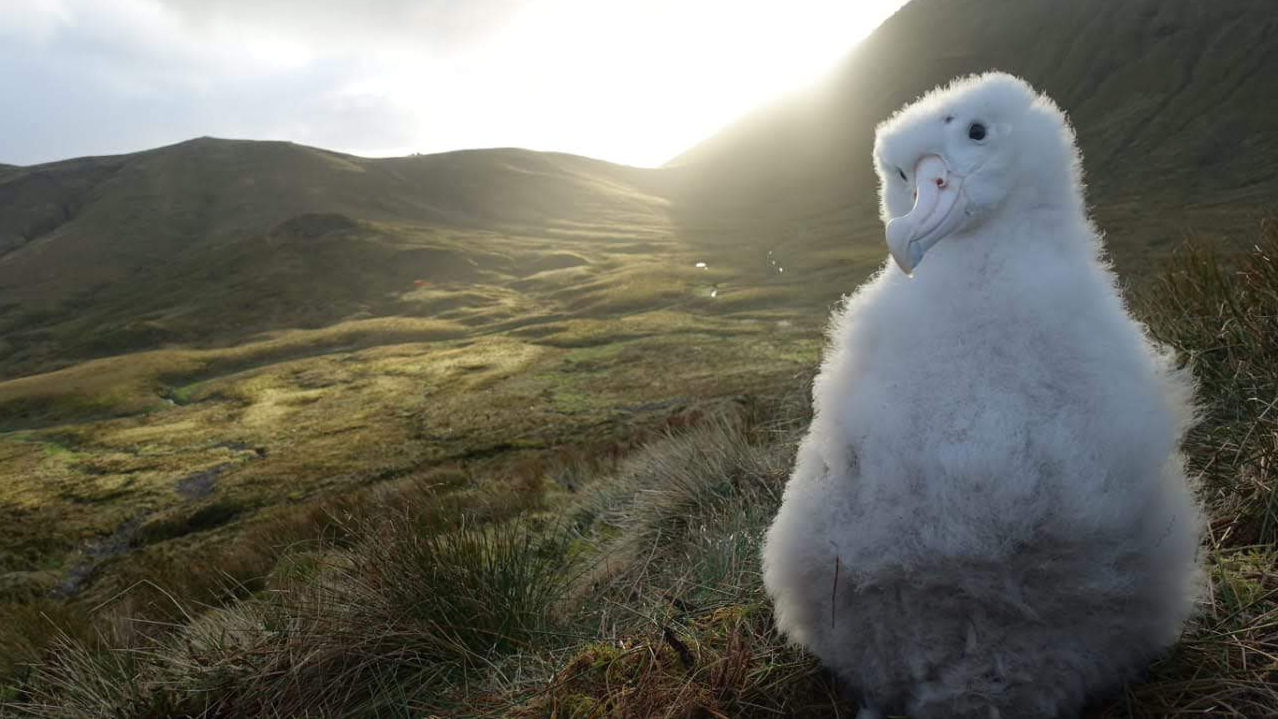
A Tristan albatross chick looking a little awkward on Gough island.
Unwelcome visitor
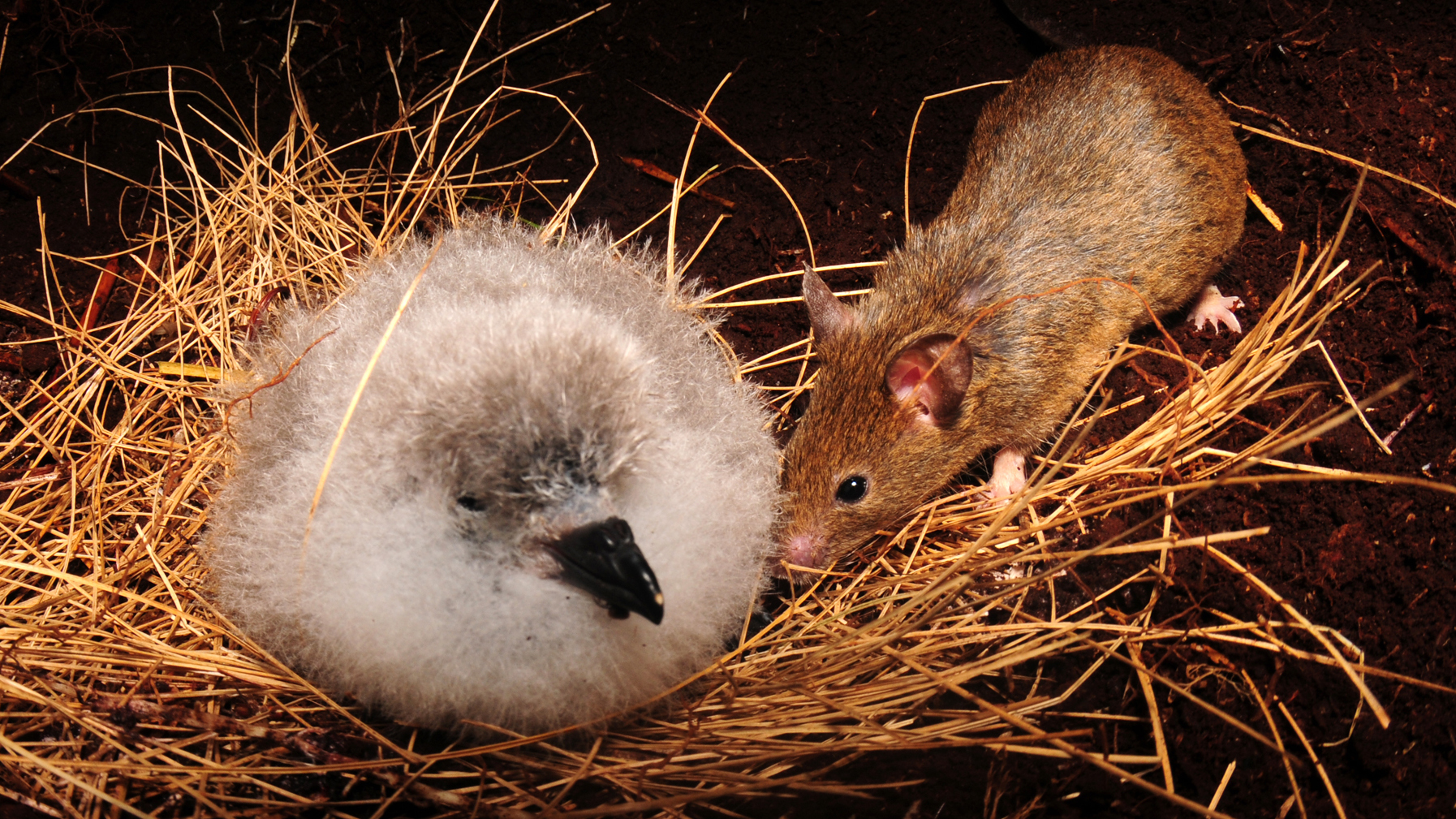
A house mouse seems to be sneaking up on an albatross chick in its nest on Gough island. During the 19th century, sailors accidentally introduced the house mice to Gough Island. A century later, these mice have figured out how to exploit the island's birds.
Double trouble
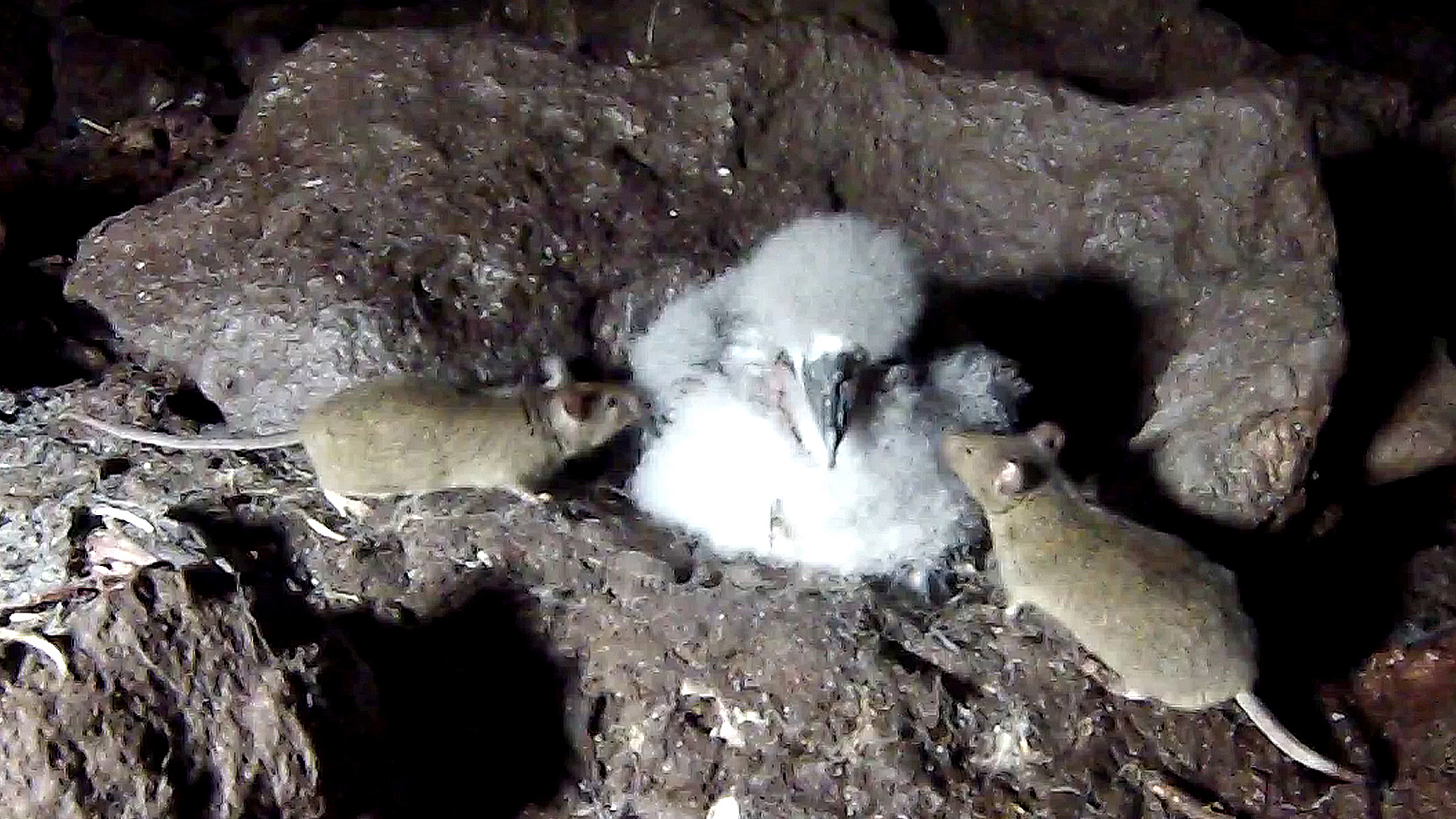
Two house mice gang up on an albatross chick minding its business. The mice are known to eat developing chicks alive; their prey include up to 19 different bird species on the island.
Gory attack
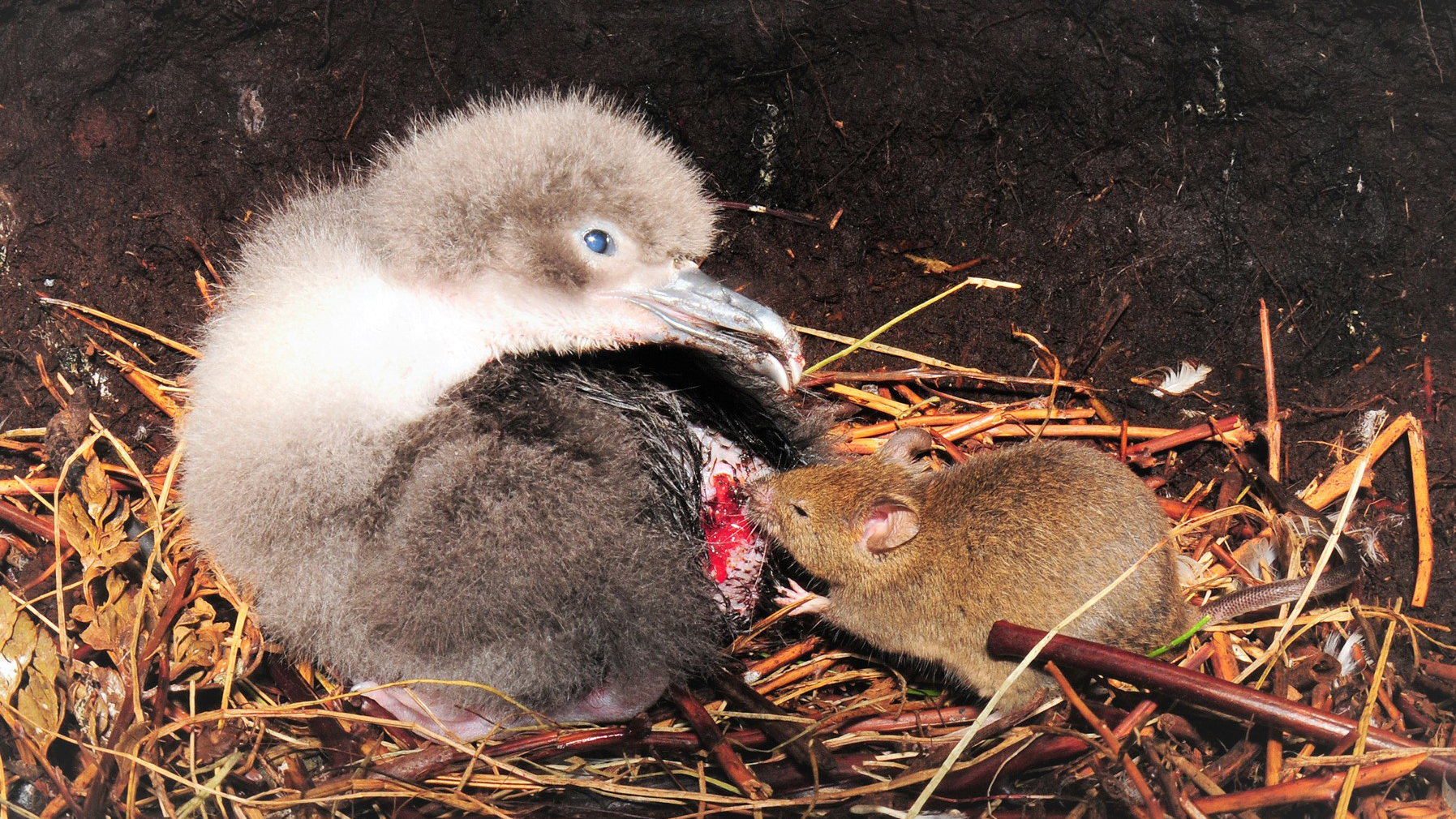
The researchers found that these mice can attack chicks that are up to 300 times their own weight.
Sign up for the Live Science daily newsletter now
Get the world’s most fascinating discoveries delivered straight to your inbox.
Brain exposed
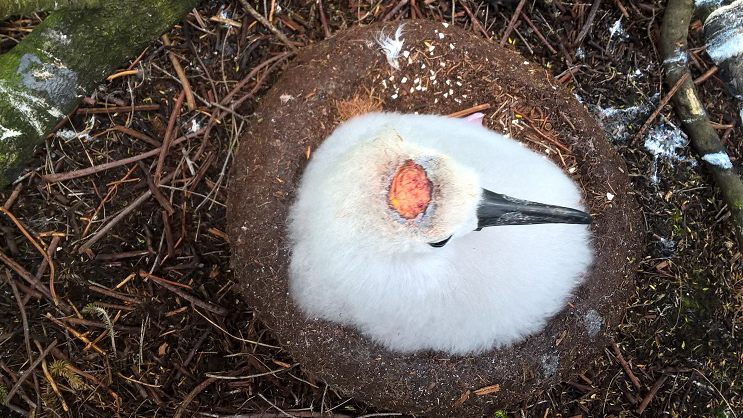
After being attacked by house mice, this albatross chick is missing the skin covering its head and brain.
Sad sight

After an attack, a Tristan albatross chick is in bad shape. The mice are literally devouring the chicks.
Just bones
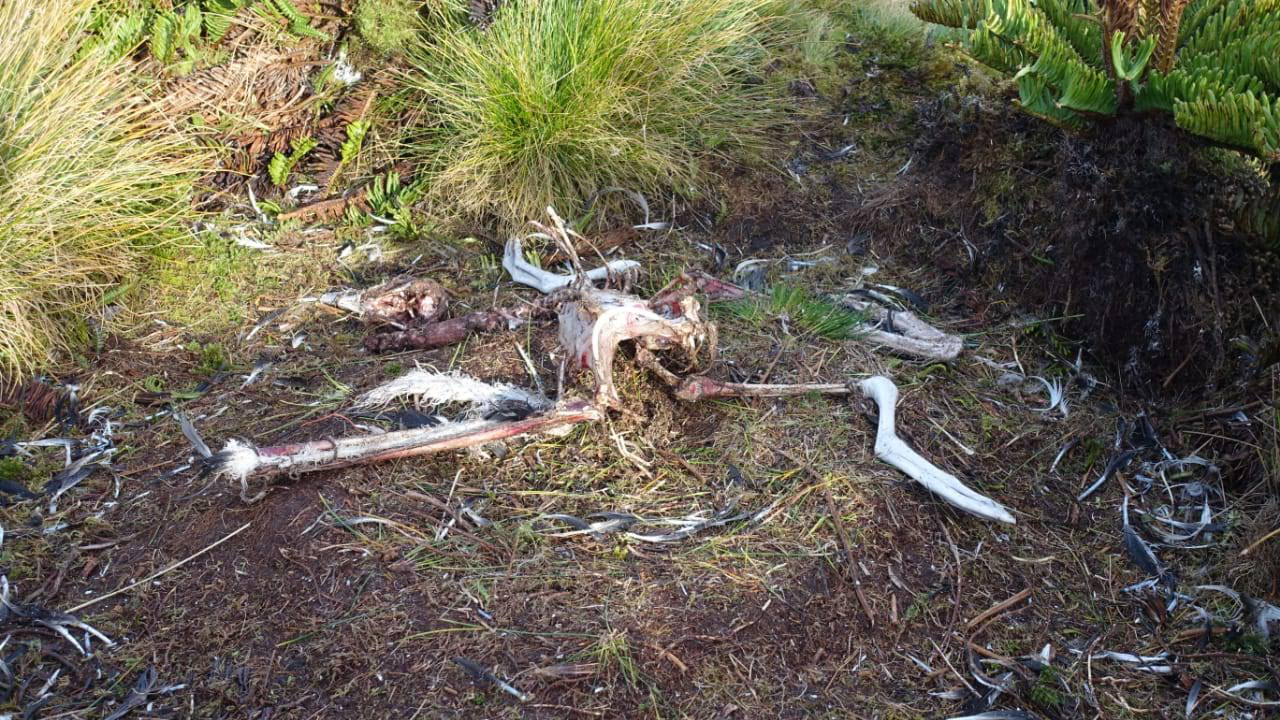
Bones left after mice attacked and devoured albatross on Gough island.
Care required
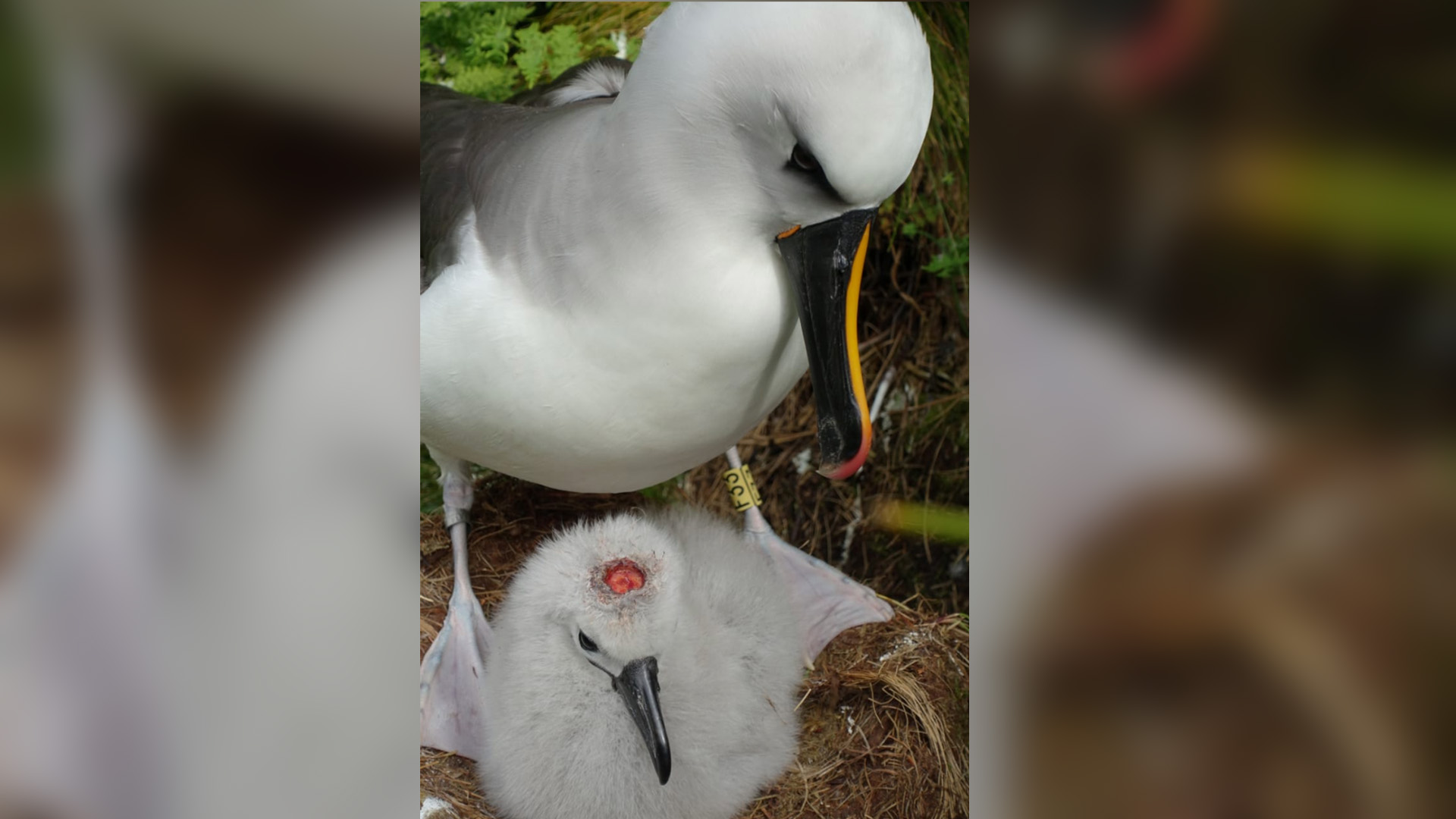
This albatross chick is still being brooded by its parent, suggesting the chicks aren’t yet equipped to deal with the attacking house mice, the researchers said.
- 9 Times Nature Was Totally Metal
- Beastly Feasts: Amazing Photos of Animals and Their Prey
- 15 of the Largest Animals of Their Kind on Earth
Originally published on Live Science.

Jeanna Bryner is managing editor of Scientific American. Previously she was editor in chief of Live Science and, prior to that, an editor at Scholastic's Science World magazine. Bryner has an English degree from Salisbury University, a master's degree in biogeochemistry and environmental sciences from the University of Maryland and a graduate science journalism degree from New York University. She has worked as a biologist in Florida, where she monitored wetlands and did field surveys for endangered species, including the gorgeous Florida Scrub Jay. She also received an ocean sciences journalism fellowship from the Woods Hole Oceanographic Institution. She is a firm believer that science is for everyone and that just about everything can be viewed through the lens of science.









